Modules
As the world becomes increasingly reliant on intelligent and interconnected devices, the demand for efficient and customizable embedded systems continues to rise. If you're in the midst of researching the ideal hardware solution for your project, you may have come across the term "Computer on Module" or "COM."
What is a Computer on Module?
A Computer on Module, also known as a System on Module (SOM), is a compact, integrated electronic module that encapsulates the core computing components of a system. It typically consists of a processor, memory, storage, and various peripheral interfaces, all within a small form factor. COMs are designed to be easily integrated into custom carrier boards, providing developers with a modular approach to building embedded systems.
Which are the advantages of Computer on Modules?
- Scalability and Flexibility: Off-the-shelf SOMs offer a high level of scalability and flexibility. By separating the core computing module from the carrier board, developers can easily upgrade or replace the COM without redesigning the entire system. This modular approach allows for rapid prototyping, efficient product iterations, and seamless scalability from prototype to production.
- Reduced Time-to-Market: Time is often a critical factor in product development. Computer on Modules significantly reduce time-to-market by providing a ready-to-use hardware platform. With pre-integrated components and standardized interfaces, developers can focus on software development and application-specific customization, accelerating the product development cycle and ensuring a competitive edge in the market.
- Reliability and Longevity: Embedded systems are expected to perform reliably in various environments and over extended periods. COMs excel in this aspect, providing a stable and consistent hardware foundation. The carrier board remains unchanged when upgrading the COM, ensuring compatibility and simplifying long-term maintenance and support. Additionally, COMs are built to withstand demanding industrial conditions, including extended temperature ranges, shock and vibration resistance, and high reliability standards.
- Cost Optimization: Computer on Modules offer significant cost optimization benefits. By utilizing off-the-shelf COMs, developers can reduce upfront engineering costs associated with custom board design. Additionally, the modularity of COMs allows for easy hardware upgrades without the need for an entire system replacement. This scalability not only saves costs in the long run but also enables the reuse of carrier board designs across multiple product lines or variants, maximizing return on investment.
SECO offers a wide range of both standard and proprietary off-the-shelf embedded modules to provide a versatile and efficient solution for developing embedded systems. With their scalability, flexibility, reduced time-to-market, reliability, and cost optimization advantages, SECO COMs empower developers to focus on their core expertise and create innovative applications for a wide range of industries.
-
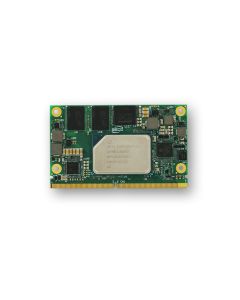 SOM-SMARC-EHLSMARC® Rel. 2.1.1 Computer on Module (CoM) with Intel® Atom® x6000E Series and Intel® Pentium® and Celeron® N and J Series (Codename: Elkhart Lake) Processors for FuSa applications. (HALLEY - C93)
SOM-SMARC-EHLSMARC® Rel. 2.1.1 Computer on Module (CoM) with Intel® Atom® x6000E Series and Intel® Pentium® and Celeron® N and J Series (Codename: Elkhart Lake) Processors for FuSa applications. (HALLEY - C93) -
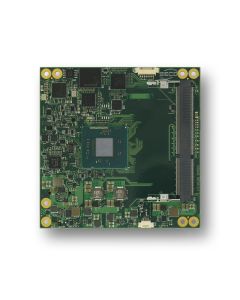 SOM-COMe-CT6-BTCOM Express® Compact Type 6 Computer on Module (CoM) with Intel® Atom™ E3800 and Celeron® (Codename: Bay Trail) Processors. (CHANDRA - A41)
SOM-COMe-CT6-BTCOM Express® Compact Type 6 Computer on Module (CoM) with Intel® Atom™ E3800 and Celeron® (Codename: Bay Trail) Processors. (CHANDRA - A41) -
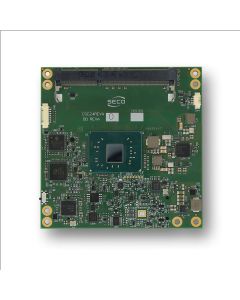 SOM-COMe-CT6-APLCOM Express® Rel. 3.0 Compact Type 6 Computer on Module (CoM) with Intel® Atom™ X Series, Intel® Celeron® J / N Series and Intel® Pentium® N Series (Codename: Apollo Lake) Processors. (MIRANDA - C24)
SOM-COMe-CT6-APLCOM Express® Rel. 3.0 Compact Type 6 Computer on Module (CoM) with Intel® Atom™ X Series, Intel® Celeron® J / N Series and Intel® Pentium® N Series (Codename: Apollo Lake) Processors. (MIRANDA - C24) -
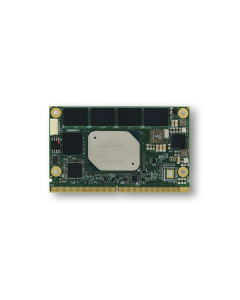 SOM-SMARC-APLSMARC® Rel. 2.1 Computer on Module (CoM) with Intel® Atom™ X Series, Intel® Celeron® J / N Series and Intel® Pentium® N Series (Codename: Apollo Lake) processor . (JAGER - B69)
SOM-SMARC-APLSMARC® Rel. 2.1 Computer on Module (CoM) with Intel® Atom™ X Series, Intel® Celeron® J / N Series and Intel® Pentium® N Series (Codename: Apollo Lake) processor . (JAGER - B69) -
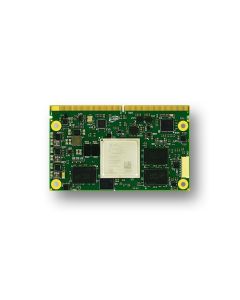 SOM-SMARC-ZUSMARC® Rel. 2.0 Computer on Module (CoM) with Zynq® Ultrascale+™ MPSoC. (RUSSELL - B71)
SOM-SMARC-ZUSMARC® Rel. 2.0 Computer on Module (CoM) with Zynq® Ultrascale+™ MPSoC. (RUSSELL - B71) -
 SOM-Q7-BT-2Qseven® Rel. 2.0 Computer on Module (CoM) with Intel® Atom™ E3800 and Celeron® (Codename: Bay Trail) Processors. (ASTERION - A36)
SOM-Q7-BT-2Qseven® Rel. 2.0 Computer on Module (CoM) with Intel® Atom™ E3800 and Celeron® (Codename: Bay Trail) Processors. (ASTERION - A36) -
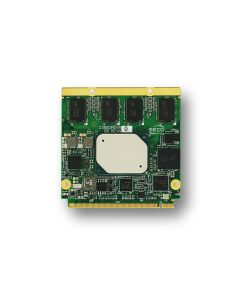 SOM-Q7-APLQseven® Rel. 2.1 Computer on Module (CoM) with Intel® Atom X Series, Intel® Celeron® J / N Series and Intel® Pentium® N Series (Codename: Apollo Lake) Processors. (NAOS - B03)
SOM-Q7-APLQseven® Rel. 2.1 Computer on Module (CoM) with Intel® Atom X Series, Intel® Celeron® J / N Series and Intel® Pentium® N Series (Codename: Apollo Lake) Processors. (NAOS - B03)

